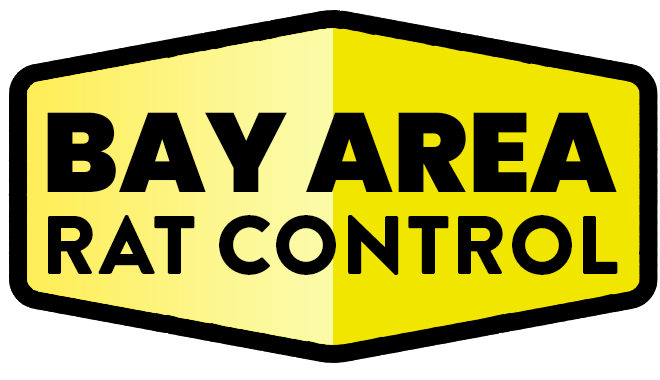Opening Thoughts
Handling and disposing of dead rats safely is crucial to prevent the spread of diseases, contamination, and unpleasant odors. Whether the rats were caught in traps or found after dying from baits, proper disposal ensures your household and environment remain safe and hygienic. This guide provides step-by-step instructions and best practices for handling and disposing of dead rats responsibly.
Why Proper Disposal Matters
1. Prevents Disease Transmission
- Dead rats can carry bacteria, viruses, and parasites that may infect humans and pets.
- Direct contact with rat carcasses or contaminated surfaces can lead to diseases like leptospirosis or hantavirus.
2. Minimizes Odors
- Decomposing rats emit foul odors that can linger in your home or property.
- Prompt and correct disposal helps eliminate this problem.
3. Protects Wildlife
- Improper disposal of poisoned rats can result in secondary poisoning of wildlife, such as birds or scavengers.
Supplies Needed for Safe Disposal
1. Personal Protective Equipment (PPE)
- Disposable gloves (latex or nitrile).
- Face mask or respirator.
- Safety goggles (optional for high-risk situations).
2. Cleaning and Disinfecting Supplies
- EPA-approved disinfectant or a bleach solution (1 part bleach to 10 parts water).
- Paper towels or disposable rags.
- Sealed plastic bags or double-bagging setup.
3. Tools for Handling Rats
- Plastic tongs or a small shovel for picking up carcasses.
- A sturdy garbage bin with a tight-fitting lid for disposal.
Step-by-Step Guide to Disposing of Dead Rats
1. Prepare Yourself
- Wear gloves, a face mask, and safety goggles to minimize direct contact with the carcass and potential exposure to airborne particles.
2. Locate and Assess the Carcass
- Check for signs of decay or contamination in the surrounding area.
- Avoid moving the carcass without protective gear, as fluids or particles may spread.
3. Spray the Area with Disinfectant
- Saturate the carcass and any surrounding debris with disinfectant or bleach solution.
- Allow the disinfectant to sit for 5–10 minutes to neutralize pathogens.
4. Handle the Carcass Safely
- Use plastic tongs or a shovel to pick up the rat and place it in a sealed plastic bag.
- Avoid squeezing or puncturing the carcass to prevent fluid leaks.
5. Double-Bag for Extra Protection
- Seal the first bag tightly, then place it inside a second plastic bag.
- Ensure both bags are leak-proof to prevent contamination.
6. Dispose of the Carcass
- Place the double-bagged carcass in a trash bin with a secure lid.
- If local regulations require special disposal procedures, contact your municipal waste management service for guidance.
Cleaning and Decontaminating the Area
1. Remove Contaminated Materials
- Dispose of soiled traps, nesting materials, or debris in sealed plastic bags.
- Double-bag all waste for added safety.
2. Disinfect Surfaces
- Wipe down surfaces near the carcass with a bleach solution or disinfectant.
- Pay extra attention to porous materials, as they can absorb fluids or odors.
3. Ventilate the Area
- Open windows or use fans to allow fresh air to circulate and remove lingering odors.
4. Wash Yourself and Tools
- Thoroughly wash your hands with soap and warm water after removing gloves.
- Clean and disinfect reusable tools, such as tongs or shovels, before storing them.
Common Mistakes to Avoid
- Skipping PPE:
- Always wear gloves and masks to prevent direct contact with carcasses.
- Improper Disposal:
- Avoid throwing carcasses into open trash bins or compost piles, as this attracts scavengers.
- Neglecting Disinfection:
- Failing to disinfect the area increases the risk of contamination and odor.
When to Call a Professional
- Decomposed Carcasses:
- If the rat is severely decomposed and difficult to remove, consider hiring a pest control professional.
- Hidden Carcasses:
- Professionals can locate and remove carcasses trapped in walls, attics, or crawl spaces.
- Large Infestations:
- If dealing with multiple carcasses, a professional service ensures thorough and safe disposal.
Final Thoughts
Proper disposal of dead rats is a critical step in maintaining a safe and hygienic environment during a rat infestation. By following these guidelines and using the right protective equipment, you can prevent health risks, eliminate odors, and protect wildlife. When in doubt or dealing with complex situations, consult a pest control professional for assistance.
Relevant Links/Sources:
Safe Rodent Disposal – CDC
Cleaning After Rats – EPA
Professional Pest Removal Services – PestWorld
